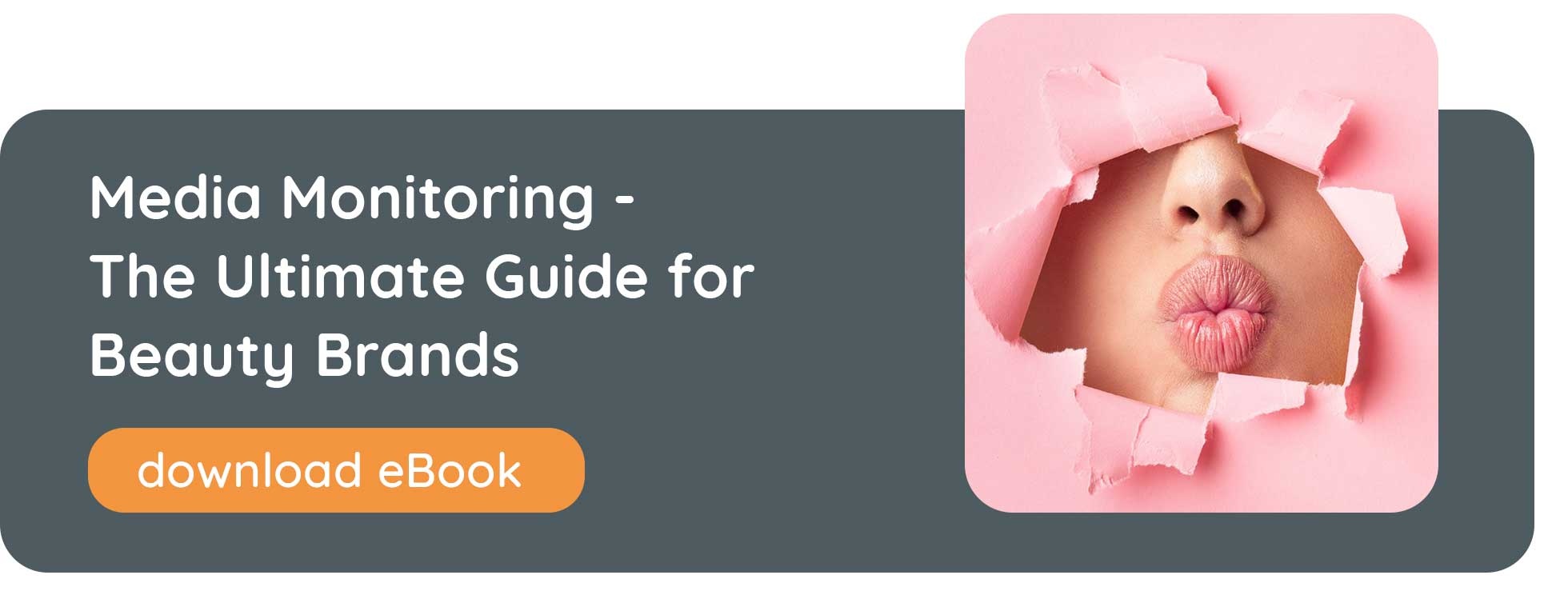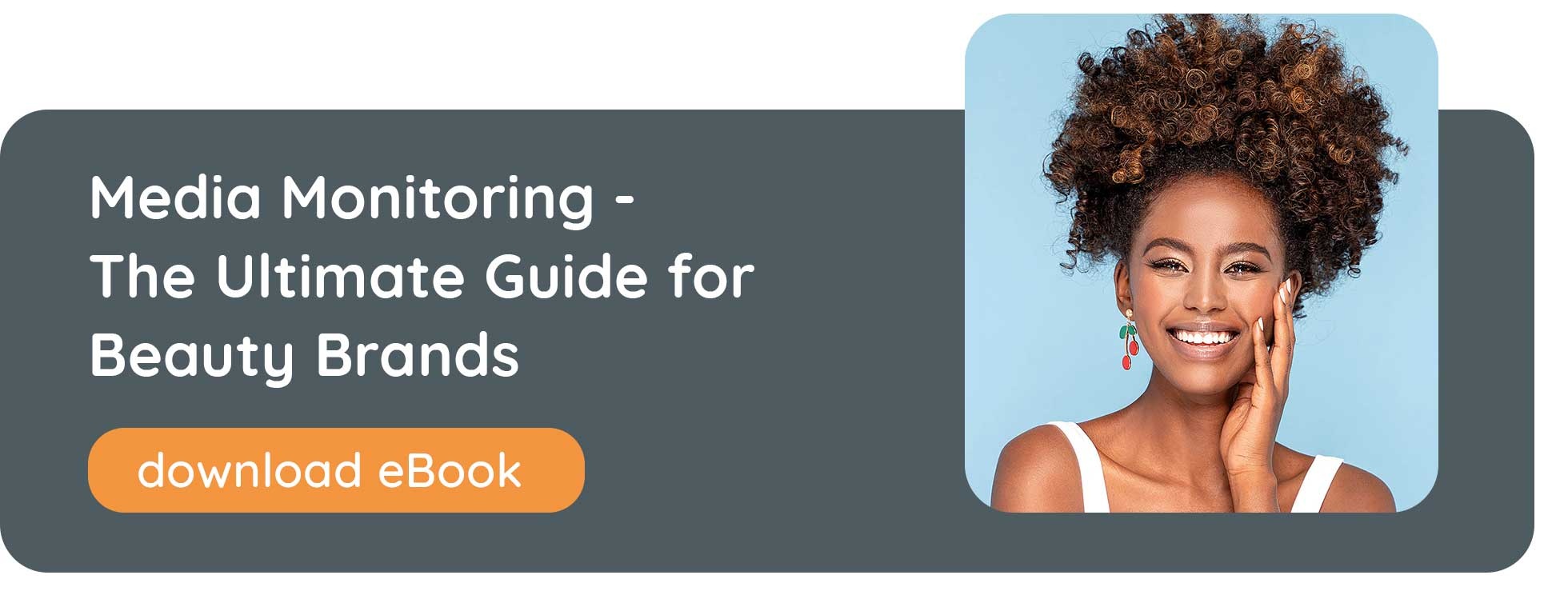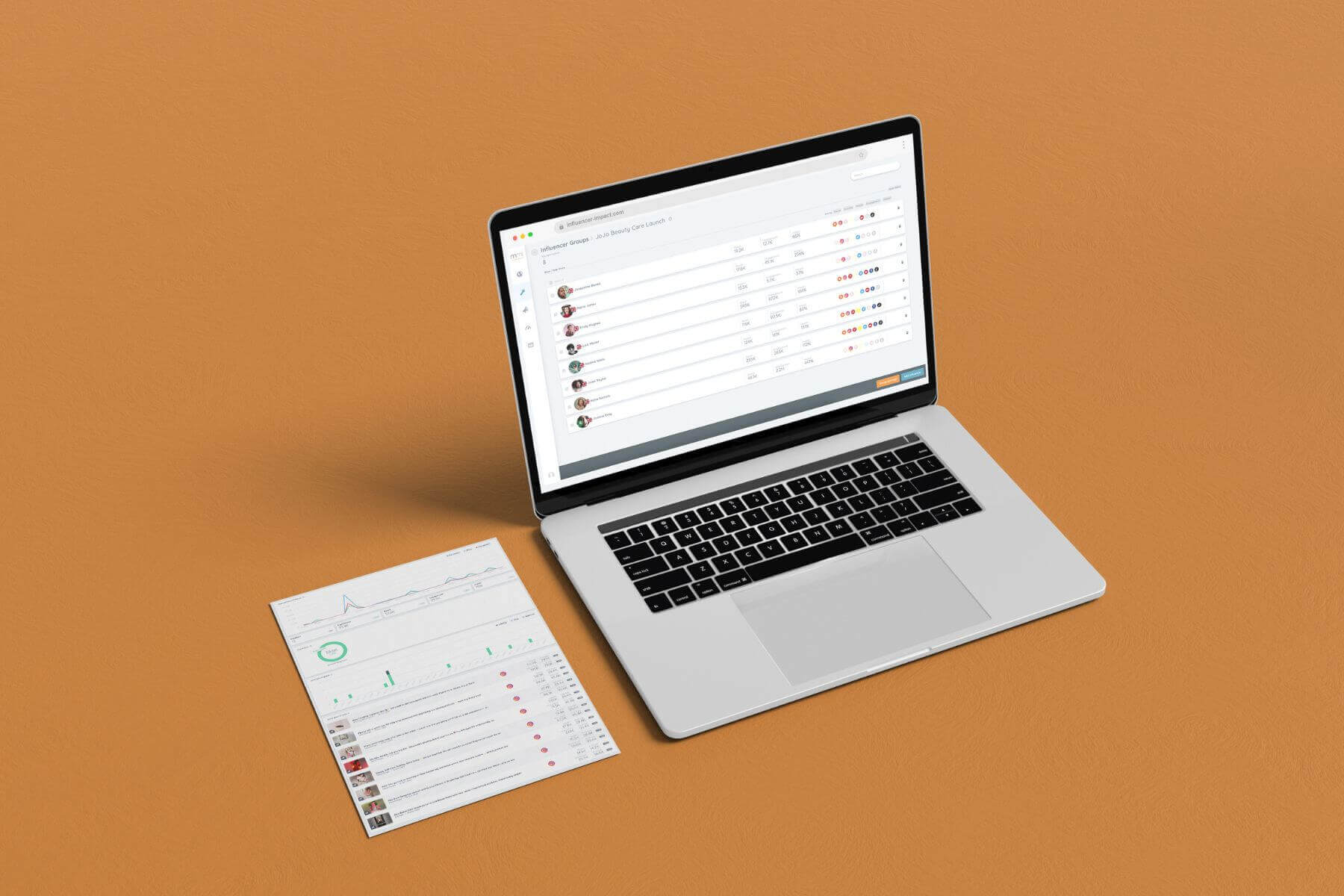When it comes to effectively measuring your digital marketing efforts, there is a seemingly endless array of metrics to analyse. Likes, impressions, clicks... the list goes on. But perhaps one of the most divisive metrics is earned media value (EMV); a figure that beauty marketers either live by or find to be misleading.
But what side of the divide should you fall on? Here, we look at what EMV is, how it helps refine reporting, and the insights you should layer it with for a full-picture view of brand performance…
Understanding paid vs. owned vs. earned media
There are three key categories of media that marketers focus on: owned, earned and paid. Owned is, quite simply, the media your beauty brand owns, spanning your social channels, website, emails, and blogs. Paid is display advertising in traditional media, online media, Facebook, Instagram, third-party retail sites and more. Meanwhile, earned is third-party coverage your brand has gained from, press, customers, retailers and influencers. The challenge with earned on social media is that influencer posts can be purely organic or transactional, so the lines between media types are blurred.
Earned media is valuable because it appears to be voluntary and unbiased, and is therefore seen by consumers as more credible. However, it doesn’t always happen without influence, and it is still possible to apply an EMV to paid collaborations or #ad coverage.
So, how does earned media value work?
Because brands don’t own or control earned media, they struggle to identify its return on investment (ROI). That’s where EMV comes in, giving weight to such coverage by comparing it to similar outreach. In one simple calculation, it helps you understand what the equivalent mention might have cost you if you’d paid for it as display advertising. How, exactly? This is where some marketers’ scepticism comes in.
There’s no one set calculation for EMV, which means the figures can be manipulated. It’s possible to use arbitrary multipliers which, when tweaked, will entirely change the result. So, while EMV is a powerful metric to harness in theory, the potential to skew the final figure has undermined its reputation as a must-have metric.
However, by working with a third-party agency to measure EMV, you can gain an impartial overall view of your earned media performance. mmi’s EMV calculation draws on a range of factors to give you an accurate figure, looking at:
- Audience size
- Level of influence or prestige
- Share of voice that the beauty brand or product takes within the medium
- Quality of the coverage achieved, i.e. does it have images, recommendations, etc
On each of our platforms, as much as is possible we use the same calculation across print and digital media, allowing brands to easily compare and contrast mediums on a like-for-like basis.
Making EMV work harder
As with all metrics, EMV becomes more useful when you layer it with other data. This is especially true when using it to benchmark your performance against your competitors’. Rather than looking at it in isolation, observe how it matches up with other beauty brands. If you do this, then variations in calculation are mitigated, and it becomes a comparison exercise using the same calculation/metric.
By converging these two EMV figures, you can understand where your brand ‘ranks’ in the industry. From there, if you see a competitor has a higher EMV than you, you can explore the PR activity that drove their success. This compare, learn and optimise approach is key to refining your own earned media, helping you identify which ‘levers’ to pull for optimal results.
If you would like to know more about mmi’s unique and holistic media evaluation methodology, you can reach out to the team here.





